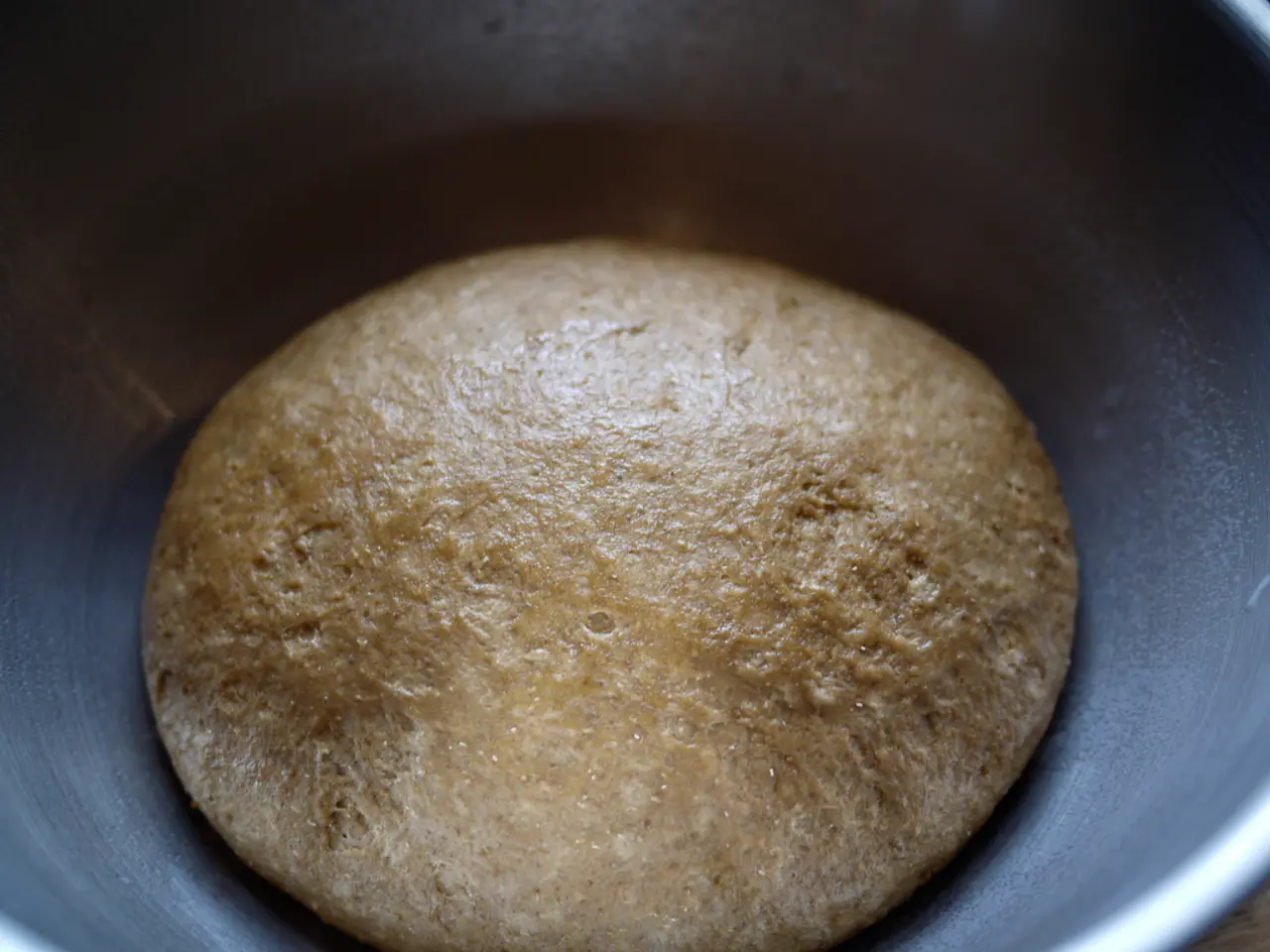Wheat Allergy: Understanding Symptoms, Diagnosis, and Management
Wheat allergy, a common condition, affects many, particularly children. Symptoms can range from mild to life-threatening. Understanding and managing this allergy is crucial for those affected.
Wheat allergy symptoms typically manifest within minutes of exposure, including hives, mouth and throat irritation, nausea, vomiting, diarrhea, nasal congestion, eye irritation, and breathing difficulties. In the U.S., packaged foods must clearly label wheat, but non-food products may not, requiring vigilant ingredient checking. Living wheat-free is necessary, with numerous wheat-free food options available.
A wheat allergy occurs when the immune system reacts abnormally to wheat proteins, or weizenprotein. These proteins can hide in less obvious products like vegetarian and vegan food items, pet food, and textured vegetable protein. Severe cases can lead to anaphylaxis, a life-threatening reaction needing immediate medical attention.
Wheat allergy is more prevalent in children, with about 65% outgrowing it by adolescence. Some may only react to wheat when exercising post-consumption, a condition known as wheat-dependent exercise-induced anaphylaxis. Allergists typically diagnose wheat allergy through skin-prick tests, blood tests, or both, ruling out conditions like celiac disease and non-celiac gluten sensitivity.
Wheat is prevalent in common foods like bread, pasta, and cereals, as well as less obvious products such as cosmetics, ketchup, and ice cream.
Wheat allergy, with its varied symptoms and hidden triggers, requires careful management. Understanding its causes, symptoms, and diagnosis is key. While living wheat-free can be challenging, numerous alternatives exist. In case of severe reactions, immediate medical attention and use of an epinephrine auto-injector can save lives.




